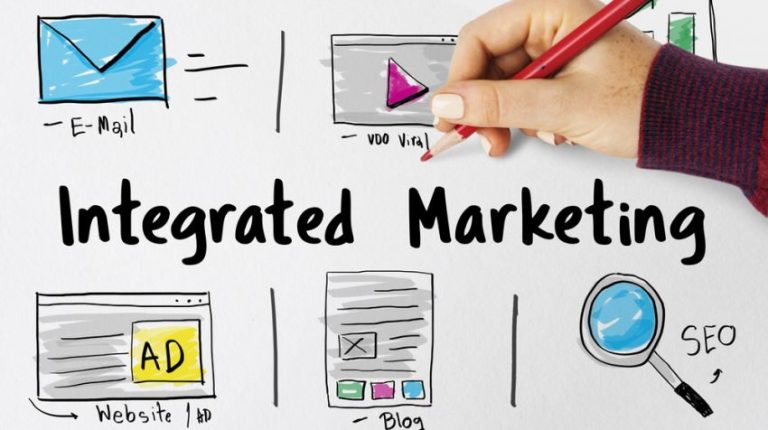
In the last decade, social media grew exponentially from being a digital channel for interacting with others into a powerful digital marketing tool for businesses.
With over 3.5 billion daily active social media users, there’s really no limit to how far you can go with it. Just imagine how many of them can eventually become your customers!
But, as you jump on the bandwagon of Social Media Marketing (SMM), you have to properly plan and assess the impact and effectiveness of SMM for your brand. This is because, just like with most things, there are two sides to the coin of social media marketing.
If done efficiently, one side promises success, while the other side can be detrimental to your business. While on the one hand, there are businesses who owe a great percentage of their success to social media, there have also been brand disasters, thanks (but, no thanks) to social media. So, in this post, we’ll be discussing some of the Pros and Cons of Social Media Marketing to enable you make informed decisions that will set the pace for profitable digital marketing. Let’s Dive in!
The Pros of Social Media Marketing
Business owners and marketers are going gaga over social media these days. Well, you can’t really blame them. Social Media Marketing comes with a lot of perks, and let’s talk about some of these:
Low-Cost Strategy
Compared to other marketing tactics, social media is significantly low cost, and this makes it very appealing. The most popular social media platforms are available to join for free, and all interaction tools are also free.
However, to get the most out of social media, some businesses are investing full time in SMM strategies such as content generation, digital design, page setups, influencers, and maintenance. On average, all these cost between $4000 to $7000 monthly.
But do you know what? This is relatively more cost-effective than the average of 11.1% of revenues spent on traditional marketing. SMM gives you excellent ROI for less financial investment!
Larger Audiences
Do you want to gain traction in your industry? If Yes, then social media is a powerful tool to use in achieving this. And this is one of the main benefits SMM has over traditional marketing.
While traditional media marketing only caters to fixed audiences (TV viewers, magazine readers, etc.), SMM allows you to reach out to a global audience that is unlimited in reach and scope.
Social Media is an open marketplace. With SMM, you are reaching out to a market space filled with both your existing and potential buyers who need a little push from you to decide whether or not to buy from you.
No Demographic Restriction
What’s more, social media marketing is not restricted by demographics such as sex, social status, and age. Current statistics show that 90.4% of millennials, 77.5% Gen-Z, and 48.2 baby boomers are active social media users.
So, you can have a big market for the age group you are targeting for your products and services. It’s even more impressive that SMM can pass your targeted demographic market and pave new channels for leads generation and sales.
Go International
Before we move on to the next advantage, we should also mention that SMM helps businesses that are struggling to get into the international market.
Thanks to the vast worldwide reach of social media, it becomes effortless for you to reach new potentials outside your suburb, city, or country. Facebook, in particular, has over 89% monthly active users who live outside the US. The audience potential of SMM is huge!
Brand Loyalty
It’s one thing to have customers, and it’s another thing to have a group of returning customers who are fans of your brand. This should be your goal, and social media can help you achieve this.
How?
Well, with social media, you can demonstrate your personality to customers and also tell your brand story. It helps you interact with customers, build relationships, show them that you care, and boost your reputation. This will, in turn, foster long-term loyalty.
Reports from Social Media Today show that;
- Almost 70% of consumers have used social media for customer service-related issues at least once
- Customers spend 20% to 40% more with companies that respond through social media
Market place Insights
Another plus of listening and engaging with customers in online conversations is that it will help you find out more about their problems, preferences, needs, likes, and dislikes.
These insights are crucial to the success of any business. They give you information on areas to improve turnouts and get ahead of your competitors.
The Cons of Social Media Marketing
For all the advantages of social media, it is not 100% perfect. There are some cons to Marketing that can lead to undesirable impacts on your brand.
Time Consuming
If you’re already into SMM, then you’d agree how much time it consumes. According to industry reports, 64% of digital marketers spend a minimum of 6 hours on Social Media Marketing.
And that’s not even the worse of it. The other 37% spend an average of 11 hours on SMM. Most business owners who want to get tangible results from their SMM efforts find this time-consuming.
Even more frustrating, if your time spent on SMM isn’t done correctly, it will lead to zero results or traffic that don’t convert into leads or sales.
Hard to Measure ROI
It is hard to define the ROI from social network marketing. A recent study indicates that 89% of digital marketers would want to know the exact ROI of their efforts on social network platforms.
Only 37% have a handle on defining the results of their SMM efforts; 35% say they aren’t sure they are correctly measuring ROI; 28% say they don’t know how to measure at all.
What’s more, it can take a long time – months, or even years before your SMM efforts start yielding sales and customer loyalty.
Loss of Control
The worldwide reach of social network means it attracts all kinds of users, including negative and malicious persons. Anything you post online is subject to comments and criticism. Providing a medium for people to publish damaging comments about your brand is literally the stuff of nightmares.
We should also mention that these negative people include scammers, spammers, trolls, hackers, and all other sorts who want to harm your online credibility.
Bottomline
From all the salient points we have discussed above, we can see that marketing really does deliver favorable results for your business.
In fact, consumers expect all brands to have a social network presence – as much as 63% of them. And 90% of social network users communicate with a brand using Facebook, Twitter, Instagram, LinkedIn, etc.
So, it is crucial for you to up your game and remain conscious of sticking to the best practices. This will allow you to get the most out of Social Media Marketing.
Who we are: Funded.com is a platform that is A+ BBB accredited over 10+ years. Access our network of Angel Investors, Venture Capital or Lenders. Let us professionally write your Business Plan.






